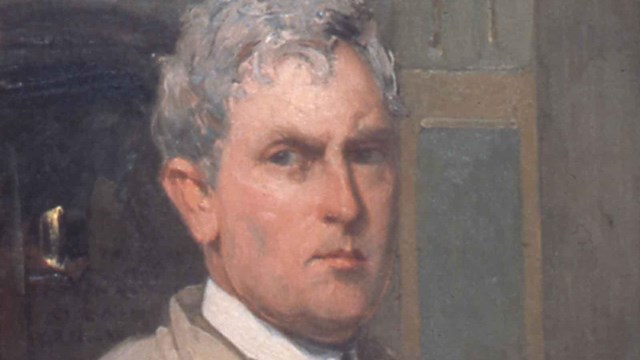|
“Weir found the world beautiful and he spent his life showing others the visions he had seen.” - Dorothy Weir Young (1890-1947) 
Meet the Artists
Learn about the prominent artists and their family members who lived and worked here. 
Places
Explore all the places that make up Weir Farm National Historical Park. 
Collections
View objects in our collection, from furniture to paint brushes. 
Stories
Learn about the the people that worked the land during the time that Julian Alden Weir and his family lived in Branchville. |
Last updated: June 17, 2022
